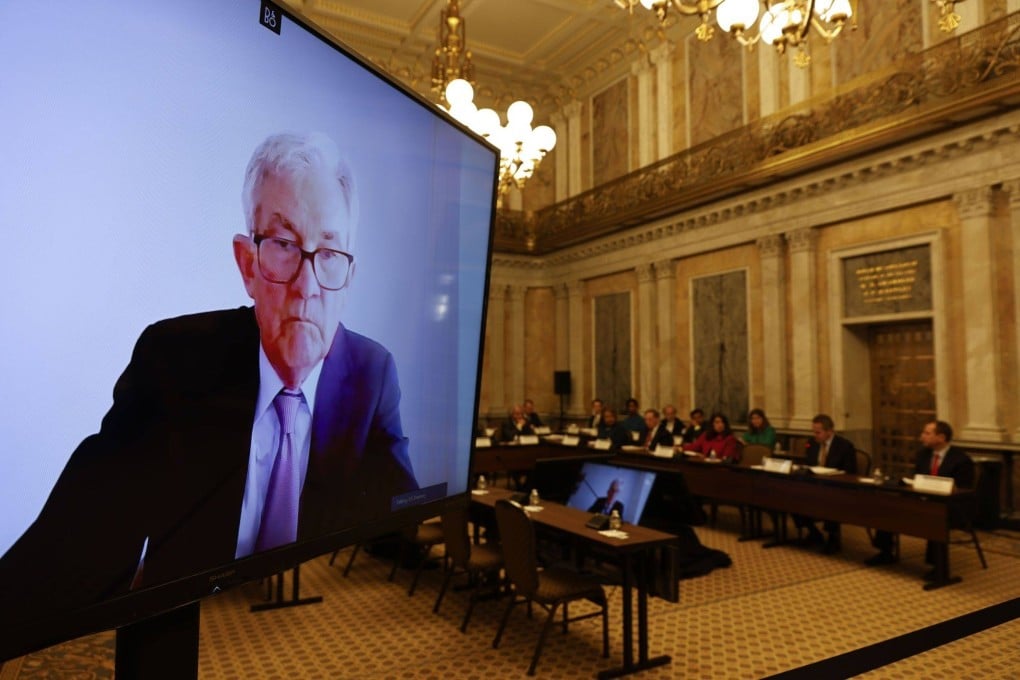Advertisement
Macroscope | Hong Kong set for higher prime rates as US Fed keeps up inflation fight
- With Hong Kong’s monetary policy linked to that of the US, hopes of respite from higher prime rates in 2023 are doomed to disappointment
- Despite expectations of policy easing, the Fed is solidifying its anti-inflation credentials as the influence of any central bank rests on its credibility
Reading Time:3 minutes
Why you can trust SCMP

Hong Kong will see out the Year of the Tiger with prime rates at a 15-year high. More rate increases are on the horizon. Any Hongkongers hoping the Year of the Rabbit will bring with it some degree of respite from higher prime rates are going to be disappointed.
Advertisement
Interest rate adjustments by the Hong Kong Monetary Authority (HKMA) mirror those of the US Federal Reserve, in line with the financial architecture that underpins Hong Kong’s linked exchange rate system. Consequently, with the Fed raising US interest rates by 0.5 per cent last week, the HKMA followed suit and lifted its own base rate to 4.75 per cent.
The Federal Reserve isn’t scheduled to make a further announcement on US interest rates until February 1, but another rate increase looks nailed on then. Additionally, while last week’s decision took the US central bank’s targeted policy rate to a range of 4.25 to 4.5 per cent, Fed officials currently see that range rising to 5 to 5.25 per cent in 2023.
If that is the case, then Hong Kong’s base rate will clearly surpass the 5 per cent level last seen in 2008.
HKMA Chief Executive Eddie Yue Wai-man fully grasps the situation and is doing his best to prepare Hongkongers. “The US terminal rate might continue to rise,” Yue said on Thursday. “The public should be prepared for [higher] rates.”
Advertisement
Further Fed rate increases are going to occur even though recent data indicates the pace of increase in US headline inflation is slowing. Data released on December 13 showed a year-on-year rise in headline US consumer price inflation (CPI) in November of 7.1 per cent, down from October’s 7.7 per cent increase and substantially below June’s 9.1 per cent print.

Advertisement
